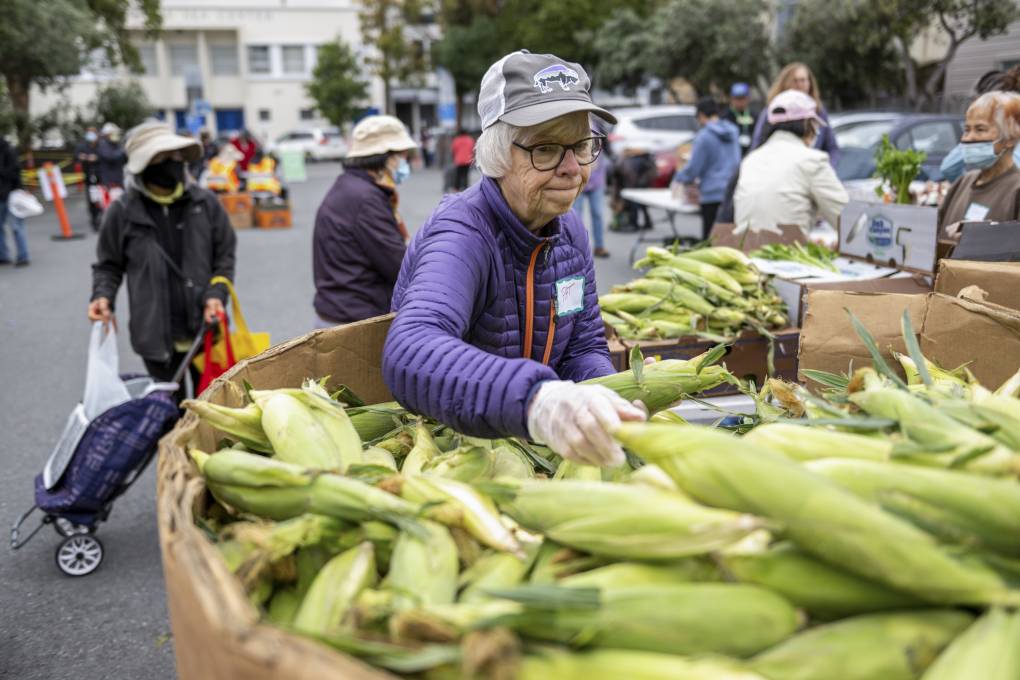Pandemic-era inflation has fallen from its peak two years ago, but the costs of many goods and services continue to rise and are still higher than before the onset of COVID-19, a couple of closely watched economic indicators show.
Prices have grown about 20% overall since 2020, according to an analysis by the California Legislative Analyst’s Office based on the most recent consumer price index data. Over the past couple of months, prices in California appear to have risen slightly more than the country as a whole, according to data from the Bureau of Labor Statistics.
Continued rising prices are why many Californians are struggling in an economy that’s widely considered to be doing OK because the nation has avoided a recession, experts said.

